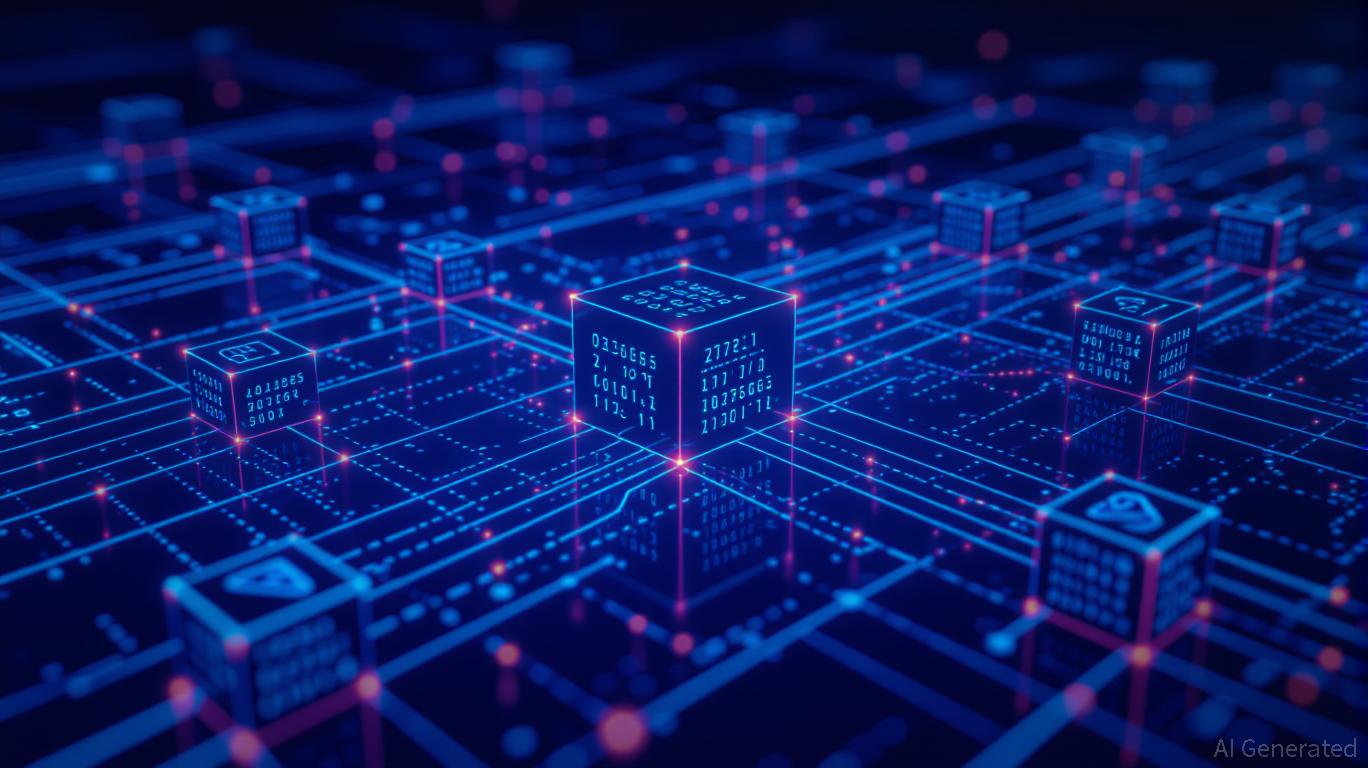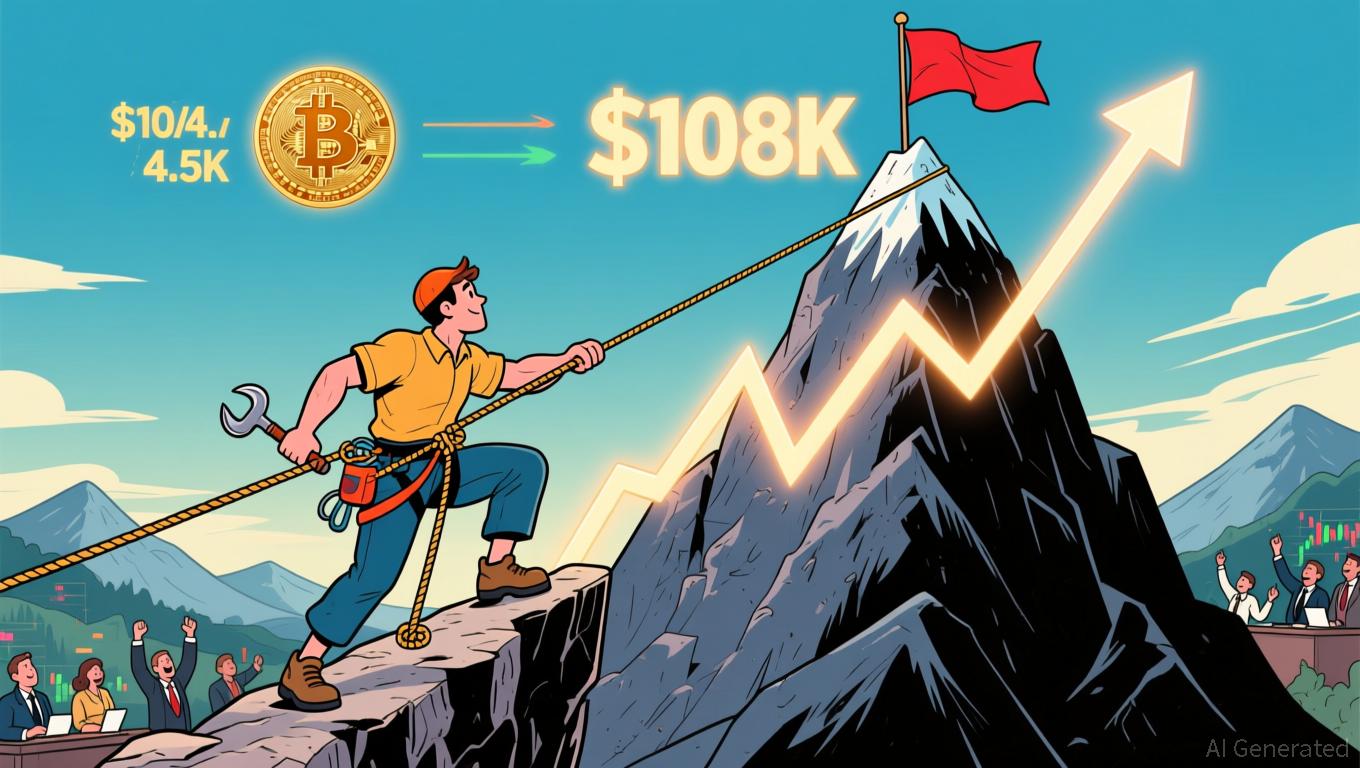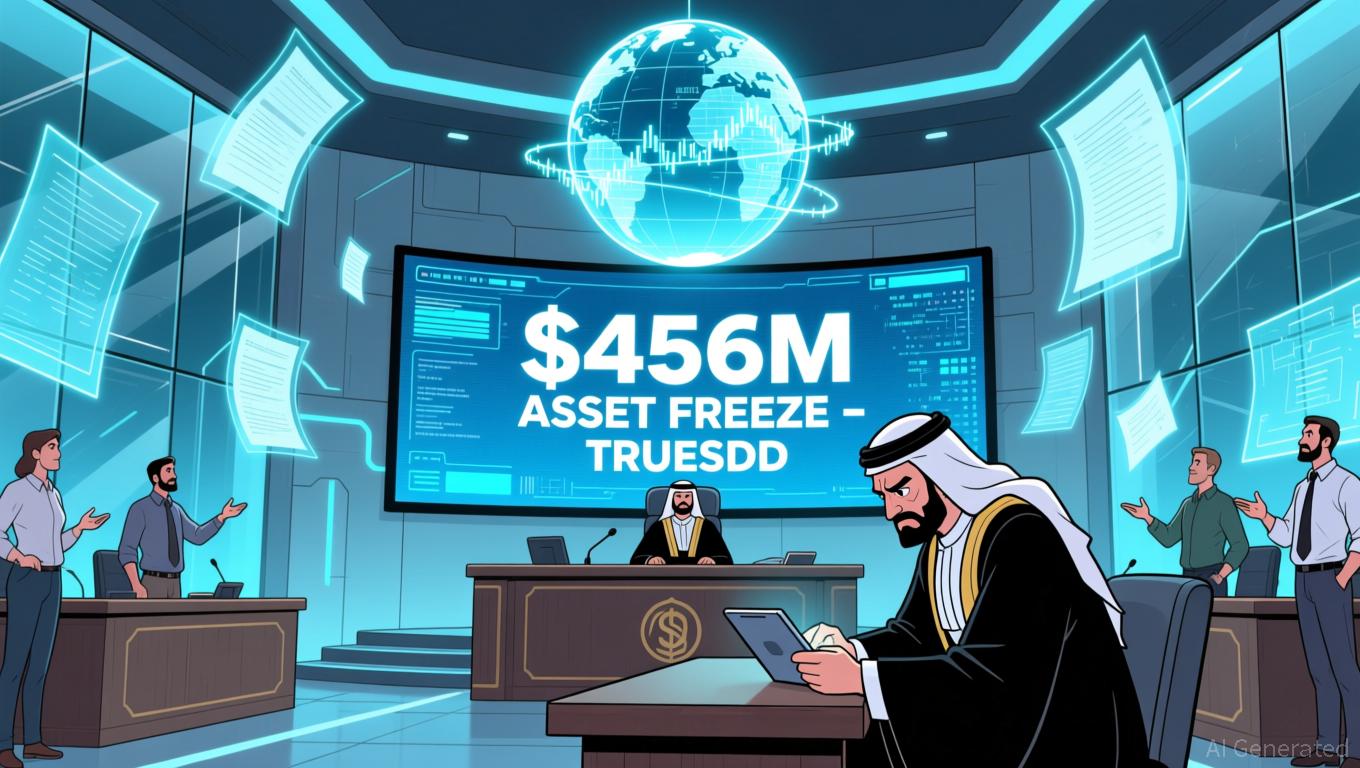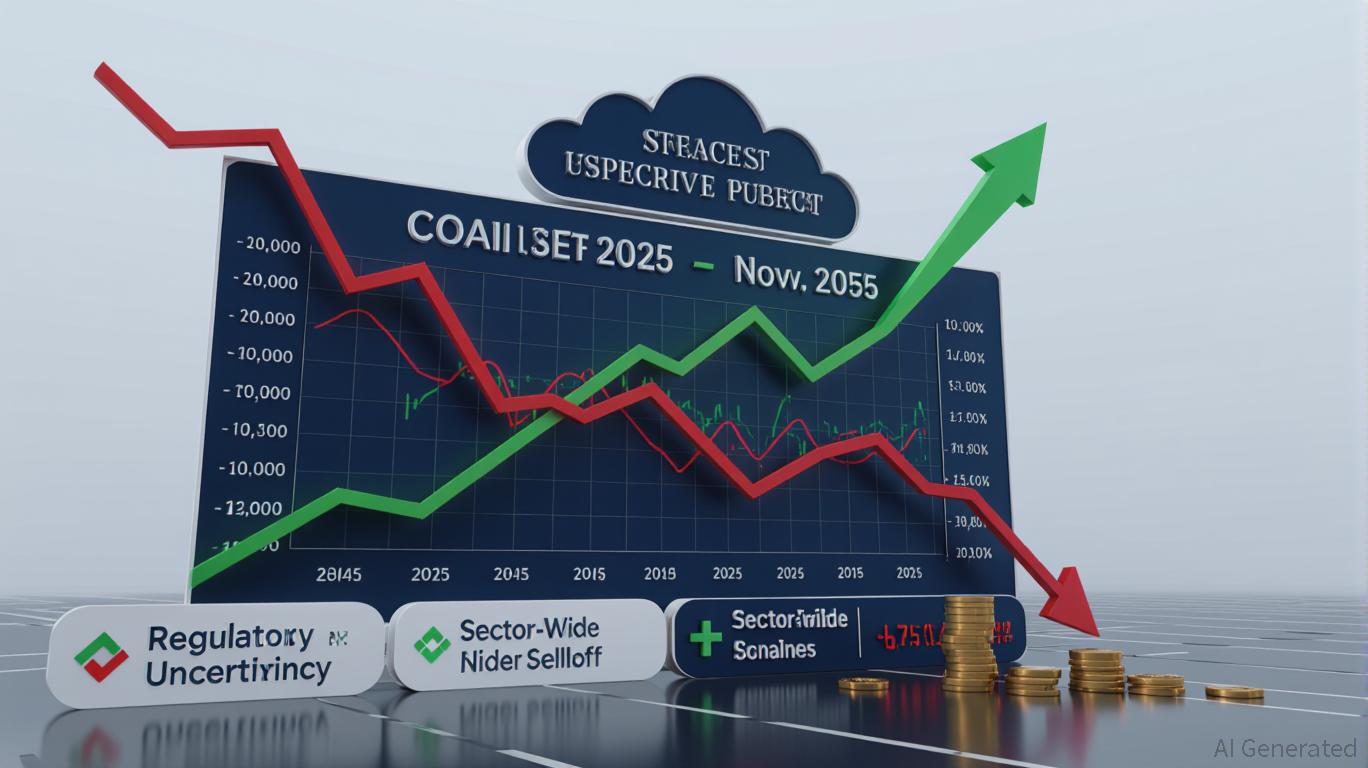The Rapid Rise of ZK Technology: Could This Spark the Upcoming Crypto Bull Market?
- Zero-knowledge (ZK) technology addresses blockchain scalability via ZK rollups, enabling 43,000 TPS and 90% lower costs, as seen in ZKsync and StarkNet upgrades. - Institutions like Deutsche Bank and Sony adopt ZK-based solutions for confidential settlements and rights management, reducing gas costs by 70% for institutional transactions. - ZK rollups drive a $90B Layer 2 market by 2031, with StarkNet’s $72M TVL growth and venture capital inflows signaling institutional validation and commercial viability
ZK Technology: Ushering in a New Era of Scalability
Zero-knowledge proofs (ZKPs) allow transactions to be validated without revealing confidential information, making them a powerful tool for blockchain scaling.
Vitalik Buterin, Ethereum’s co-founder, has underscored ZK’s promise by suggesting integrations with multi-party computation (MPC) and trusted execution environments (TEEs). These hybrid approaches could enable features like confidential state queries and secure voting, expanding ZK’s applications beyond payments, as reported by the

Institutional Adoption: Moving from Pilots to Core Infrastructure
Between 2023 and 2025, institutional interest in ZK technology has surged, motivated by regulatory compliance and operational streamlining. Deutsche Bank and Sony have adopted ZK-powered Layer 2 solutions to enhance confidential settlements and manage media rights, according to a
The financial industry’s adoption of ZK is
Market Dynamics: ZK as a Driver of Expansion
The Layer 2 scaling sector is expected to expand at a 60.7% CAGR, reaching $90 billion by 2031, according to the Crypto Research report. This growth is propelled by ZK rollups’ ability to streamline both DeFi and traditional finance. For example, StarkNet’s increase in TVL and zkSync’s 694% rise in transaction fees demonstrate the commercial strength of the technology, as reported by Wral.
Institutional endorsement is also changing market perceptions. Deutsche Bank’s Ethereum-based Layer 2 infrastructure and Sony’s application of ZK for digital rights management reflect a move from doubt to strategic adoption, as Wral reports. Meanwhile, the influx of venture capital into ZK-centric startups points to a maturing sector ready for rapid expansion.
The Bull Run Equation: ZK’s Impact on the Next Market Cycle
Historically, major crypto rallies have been sparked by technological breakthroughs. ZK technology meets all the criteria: it addresses scalability, complies with regulatory standards, and attracts institutional investment. The projected $90 billion Layer 2 market and $72 million TVL increase on
Yet, challenges persist. The complexity of ZK demands a strong developer community, and regulatory changes could affect its adoption. Nevertheless, the intersection of technological progress and institutional confidence indicates that ZK is evolving from a specialized tool to a foundational element for blockchain’s future.
Conclusion
Zero-knowledge technology has moved beyond theory to become a practical solution for blockchain scalability and privacy. With institutional uptake accelerating and valuations climbing, ZK rollups are emerging as the backbone of the next crypto bull market. For investors, the question is no longer if ZK will play a pivotal role—but how soon it will redefine the industry.
Disclaimer: The content of this article solely reflects the author's opinion and does not represent the platform in any capacity. This article is not intended to serve as a reference for making investment decisions.
You may also like
Bitcoin News Today: Bitcoin Poised for Major Move: Will It Surge or Plunge at $108K?
- Bitcoin consolidates near $104.5K, below $108K resistance, as tightening Bollinger Bands signal potential breakout. - A $108K+ break could drive BTC to $110K-$112K with ETF inflows and reduced miner selling pressure supporting accumulation. - Failure to hold $104K support risks a pullback to $100.5K, with soft ETF demand or renewed miner sales as key triggers. - Solar stocks like Emeren and Canadian Solar draw equity market attention amid mixed earnings and debt concerns.

Tokenized Equities Climb to $10 Billion, Putting Regulators in a Legal Gray Area
- Kraken's xStocks platform, a joint venture with Backed, surpassed $10B in transaction volume four months post-launch, tokenizing equities like Tesla and Meta . - The platform enables 24/7 trading and fractional ownership across Ethereum , Solana , BNB Chain, and Tron , with $2B in onchain activity and 45,000 holders. - Legal ambiguity persists as tokenized stocks are treated as derivatives, not direct securities, with experts warning of liquidity risks and regulatory challenges. - Kraken's cautious focus
Bitcoin Updates: Dubai Court's $456 Million Asset Freeze Marks a Turning Point in International Crypto Regulation
- Dubai's Digital Economy Court froze $456M in TrueUSD reserves, alleging mismanagement by Aria Commodities, a firm controlled by Matthew Brittain. - Funds were transferred via Hong Kong-based First Digital Trust between 2021-2022, sparking legal disputes over whether reserves were converted to illiquid assets. - The ruling underscores global regulatory focus on stablecoin transparency, as Techteryx claims constructive trust while Aria faces scrutiny over opaque transactions. - Trump-linked entities like A

COAI's Sudden Price Decline: Managing Immediate Fluctuations and Sustained Strength
- COAI Index fell 54% by November 2025 due to C3.ai's $116.8M loss, lawsuits, and regulatory uncertainty from the CLARITY Act. - Short-term selloffs were amplified by sector-wide risk aversion, though Binance's smart money account profited $3.125M from COAI trades. - Long-term resilience stems from 50+ corporate partnerships advancing AI adoption and indirect benefits from rising AI R&D investments in biotech . - Investors must balance regulatory risks with COAI's ecosystem strength, as C3.ai's struggles c
